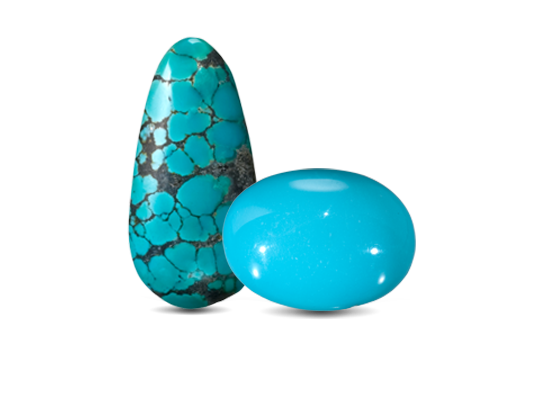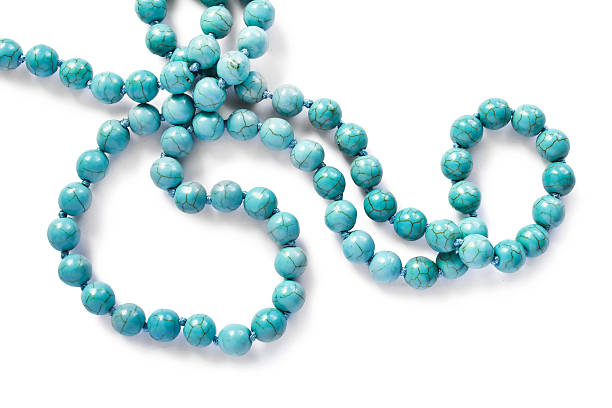December's Birthstone is Turquoise!
A personal favorite as it was my mom's birthstone and I grew up seeing her wear it - so I associated it with "fancy" jewelry!
HISTORY
In many cultures of the Old and New Worlds, this gemstone has been esteemed for thousands of years as a holy stone, a bringer of good fortune, or a talisman. The oldest evidence for this claim was found in ancient Egypt, where grave furnishings with turquoise inlay were discovered, dating from approximately 3000 bce. In the ancient Persian Empire, the sky-blue gemstones were earlier worn round the neck or wrist as protection against unnatural death. If they changed color, the wearer was thought to have reason to fear the approach of doom. Meanwhile, it has been discovered that turquoise can change color. The change can be caused by light, or by a chemical reaction brought about by cosmetics, dust, or the acidity of the skin.
THE SCIENCE
Turquoise has a hardness of 5.5 to 6.5 on Mohs Scale (often lower because of porosity or exposure to weathering). The process by which turquoise forms creates a porous composition in some stones. The harder, less porous stones polish better than the pale softer, chalky stones but these can have waxes or oils pressed into them to help their polish. Green turquoise seems to be harder than the light blue turquoise.
Turquoise is a stone and color that is strongly associated with the domes and interiors of large mosques in Iran, Central Asia, and Russia.
We welcome you to discover The Bead Gallery's Turquoise collection!




1 comment
Love the informative blog! Are you doing more on the different gems? Hope so. Happy Holidays to the wonderful crew!